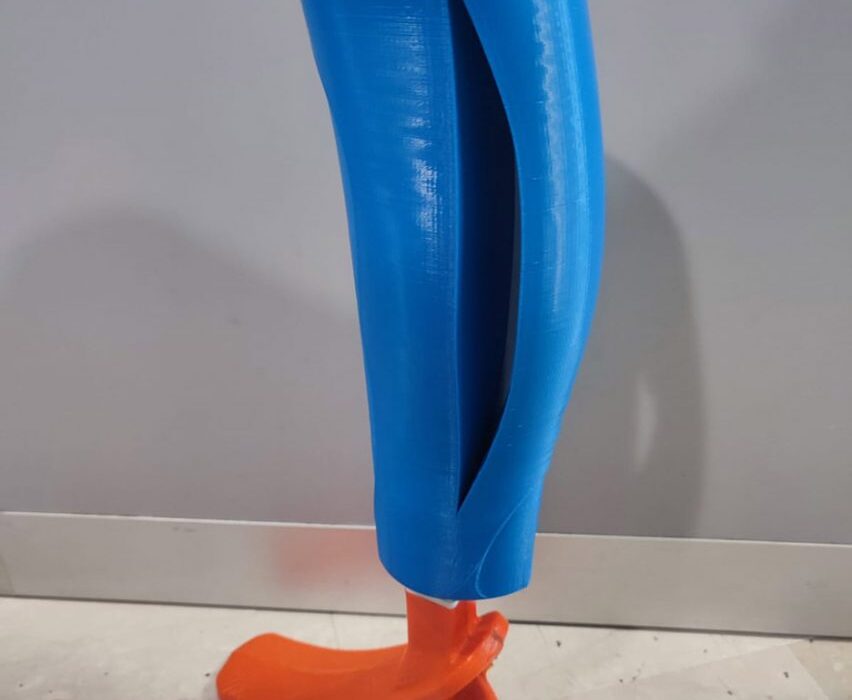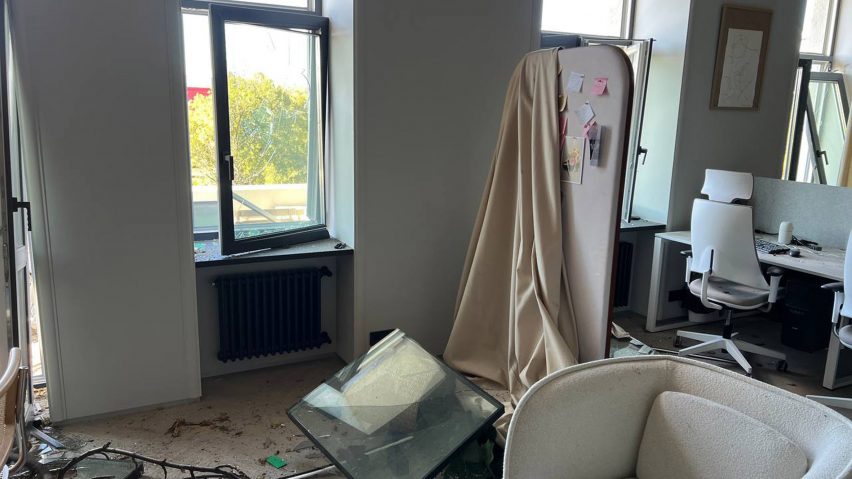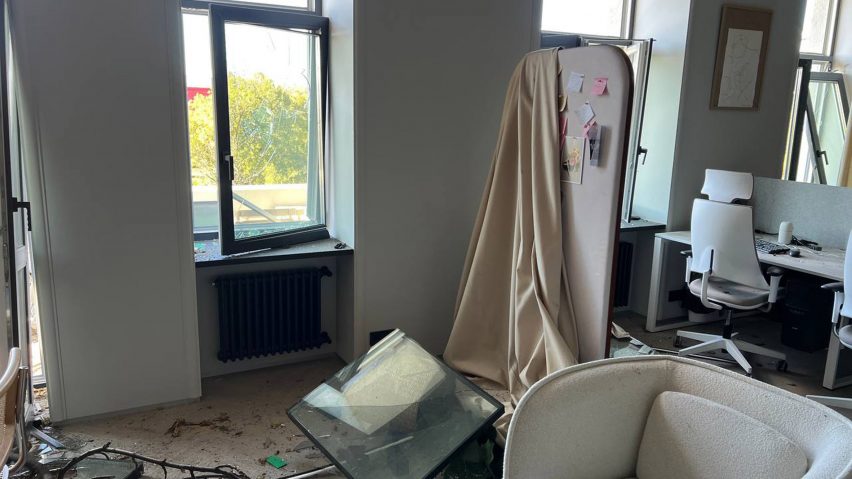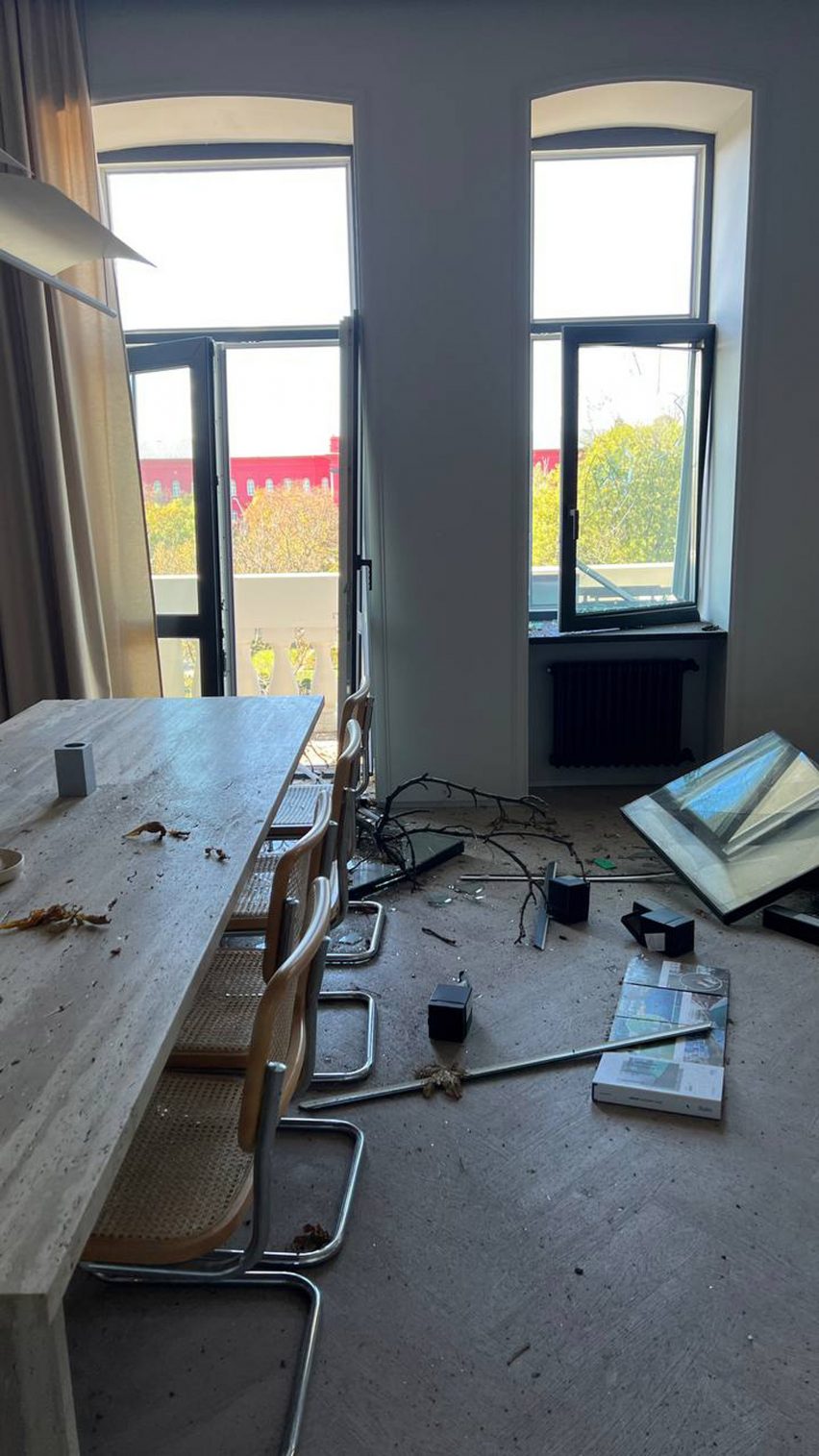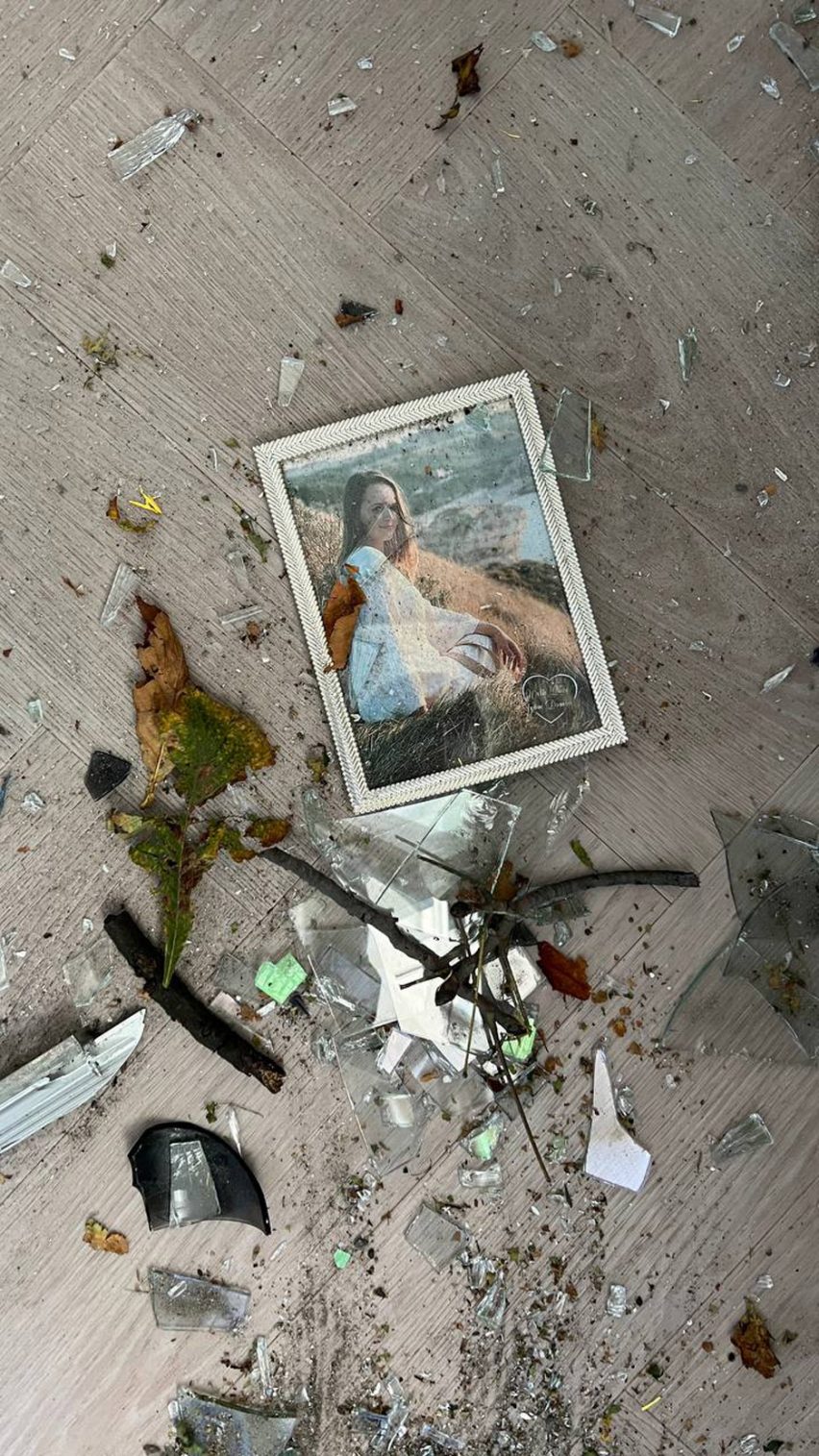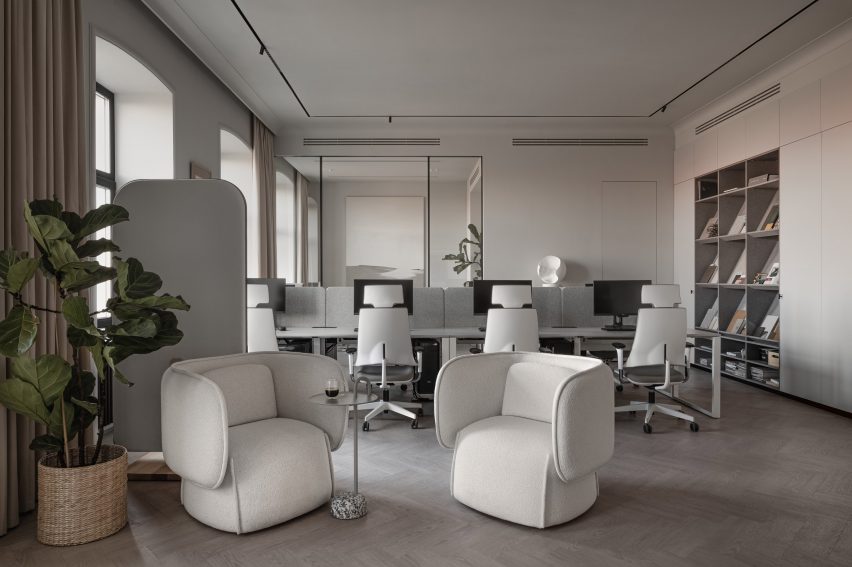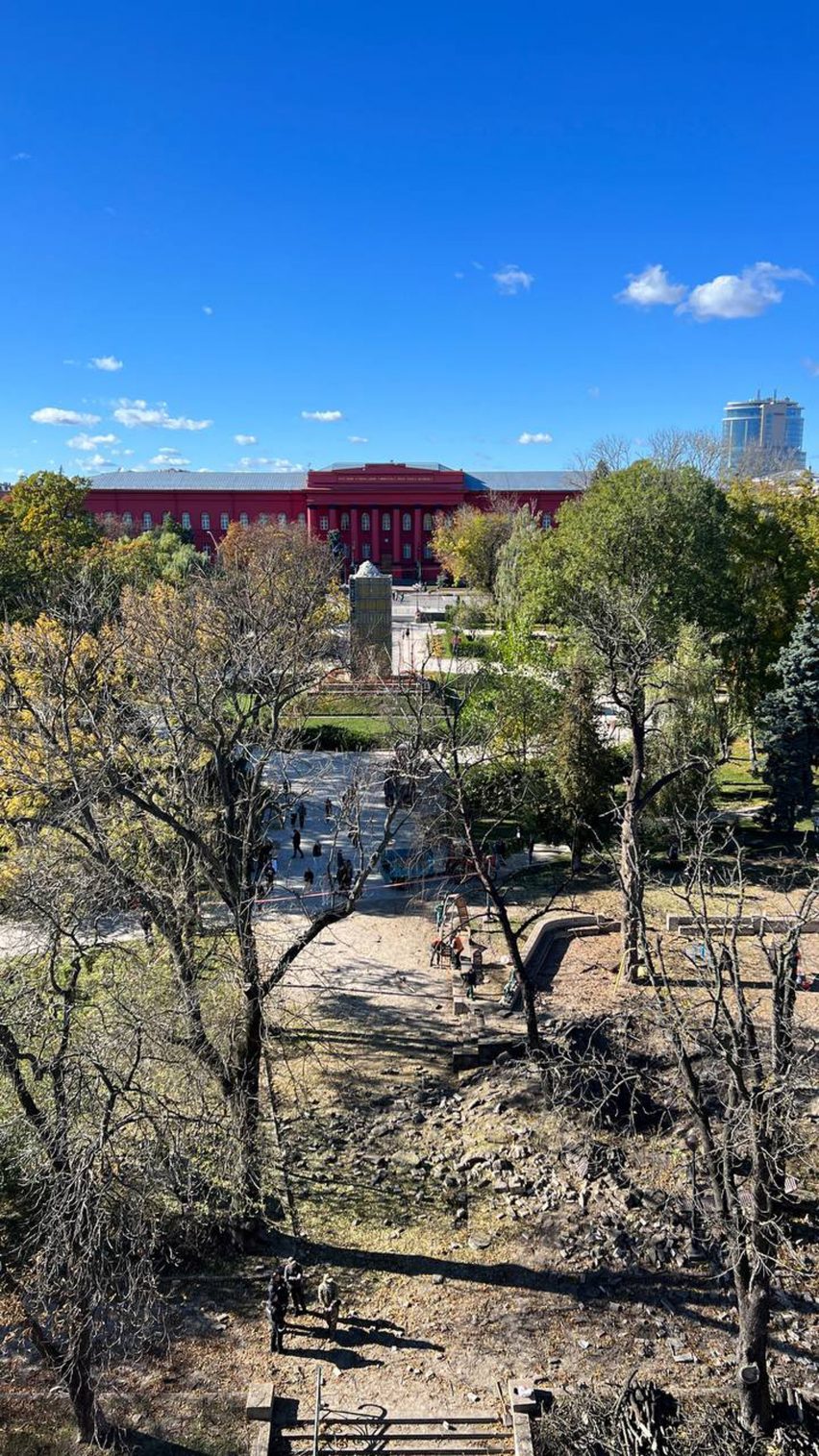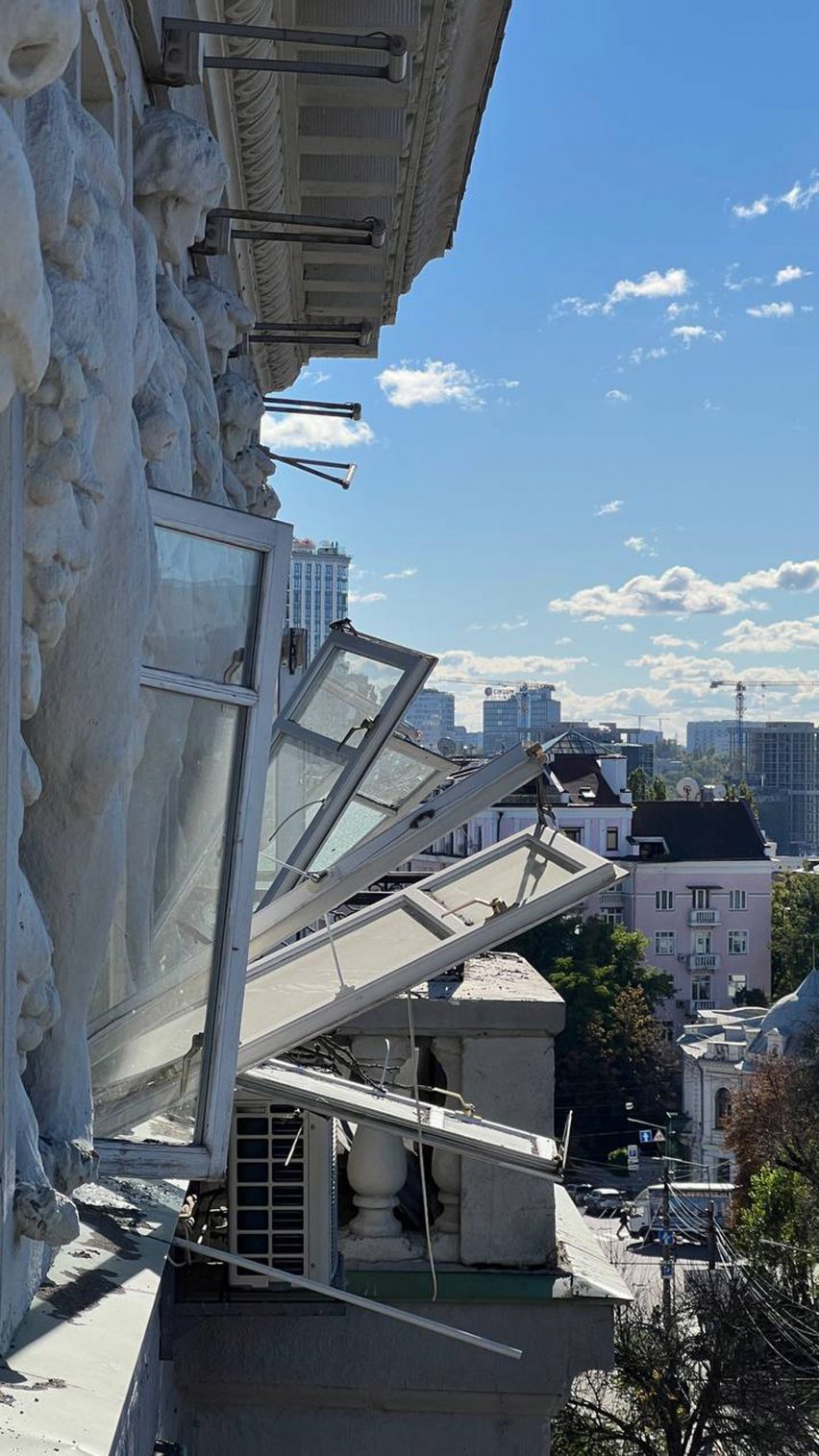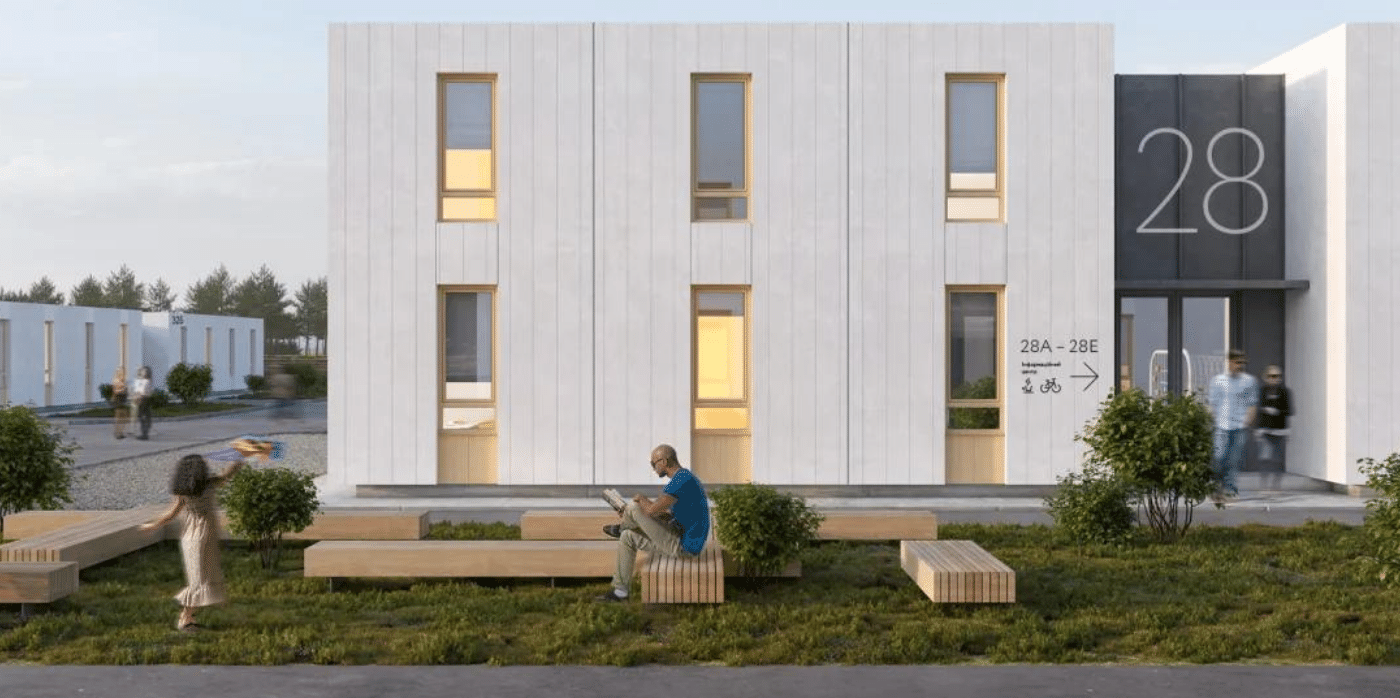Prosthetic leg for Ukrainian amputees among Ro Plastic Prize winners
Design gallerist and curator Rossana Orlandi has announced the winners of this year’s Ro Plastic Prize for sustainable material use during a ceremony at Milan design week.
The Ro Plastic Prize is awarded yearly to projects that feature material recycling, reuse or upcycling, with this year’s winning projects including a bacteria-growing menstrual cup and a 3D-printed prosthetic leg.
Italian company Isinnova won in the Emerging High Technology category with its design for an artificial leg, which was designed to be produced quickly and at a low cost in emergency situations such as wars and earthquakes.
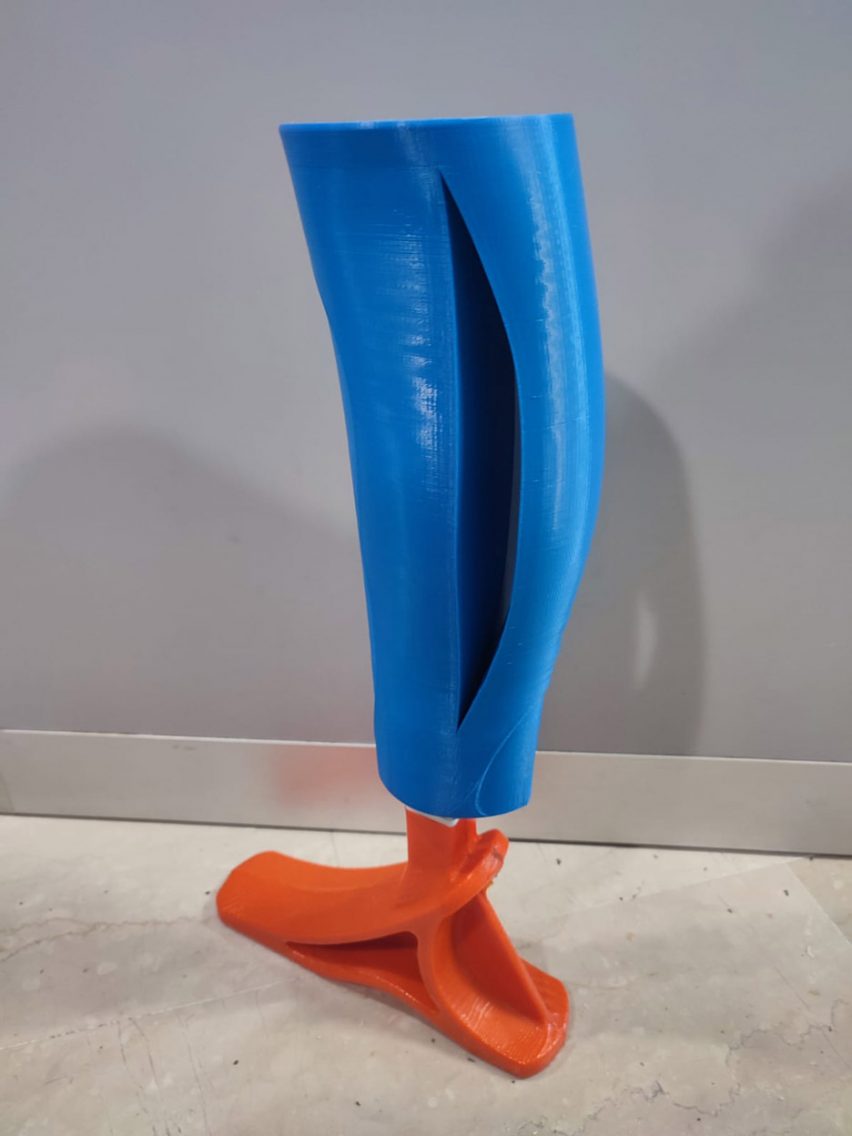
This is crucial because, without the rapid provision of a prosthesis, a patient’s chances of being able to walk again are decreased due to factors such as muscle atrophy, according to Isinnova CEO Cristian Fracassi.
Made largely from recycled plastic that is 3D-printed to customised designs, the prosthetic was developed in response to the war in Ukraine and is being made on a not-for-profit basis.
There were two winners in the Art and Collectible Design category: designer Geo Minelli with the Kernel tables and architecture studio External Reference with its Pure Plants collection, both from Italy.
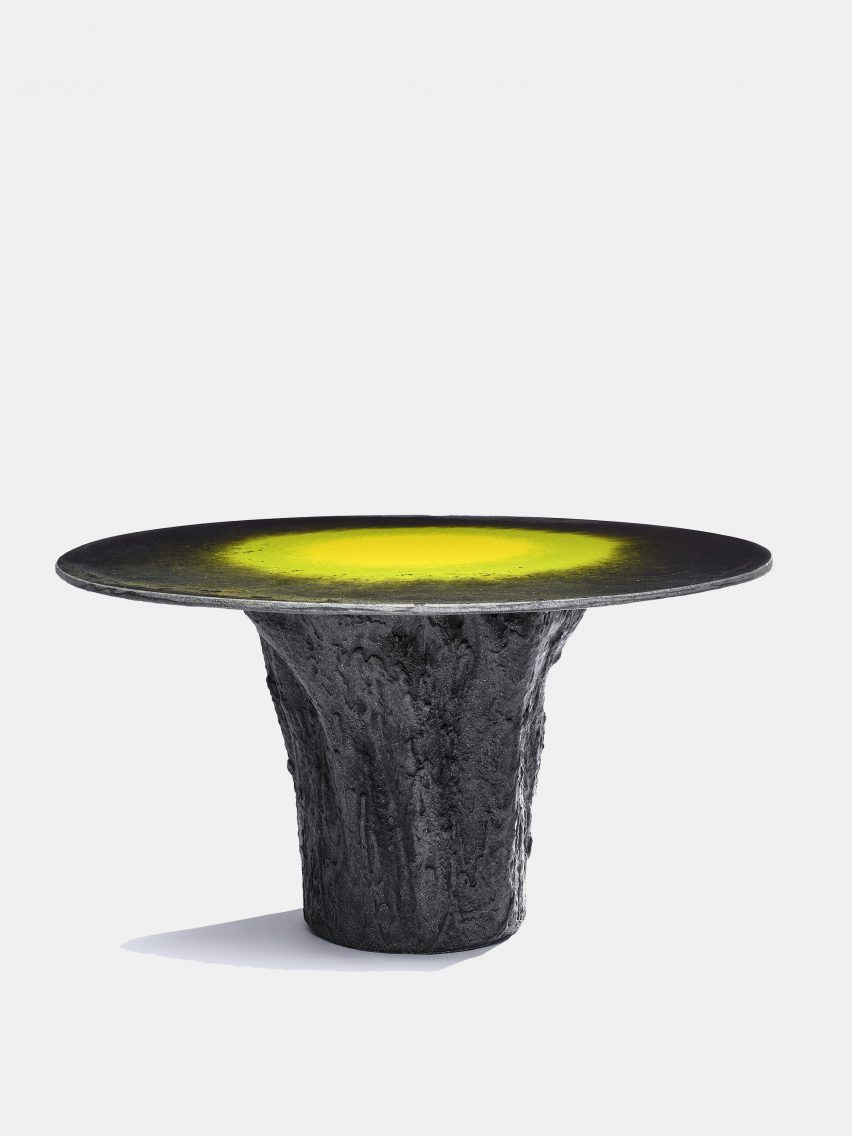
Minelli’s Kernel tables are made by recycling end-of-life wind turbines made from glass fibre-reinforced plastic into a new circular material called Glebanite.
The tables, which have a smooth top and a gnarled trunk-like base, are the result of two years worth of experimentation with the material’s textures, colours and fabrication techniques.
External Reference’s Pure Plants are artificial plants that are 3D-printed from a corn-based bioplastic called Pure.Tech and available in 17 different “species”, each with an intricate geometry based on phyllotactic leaf patterns.
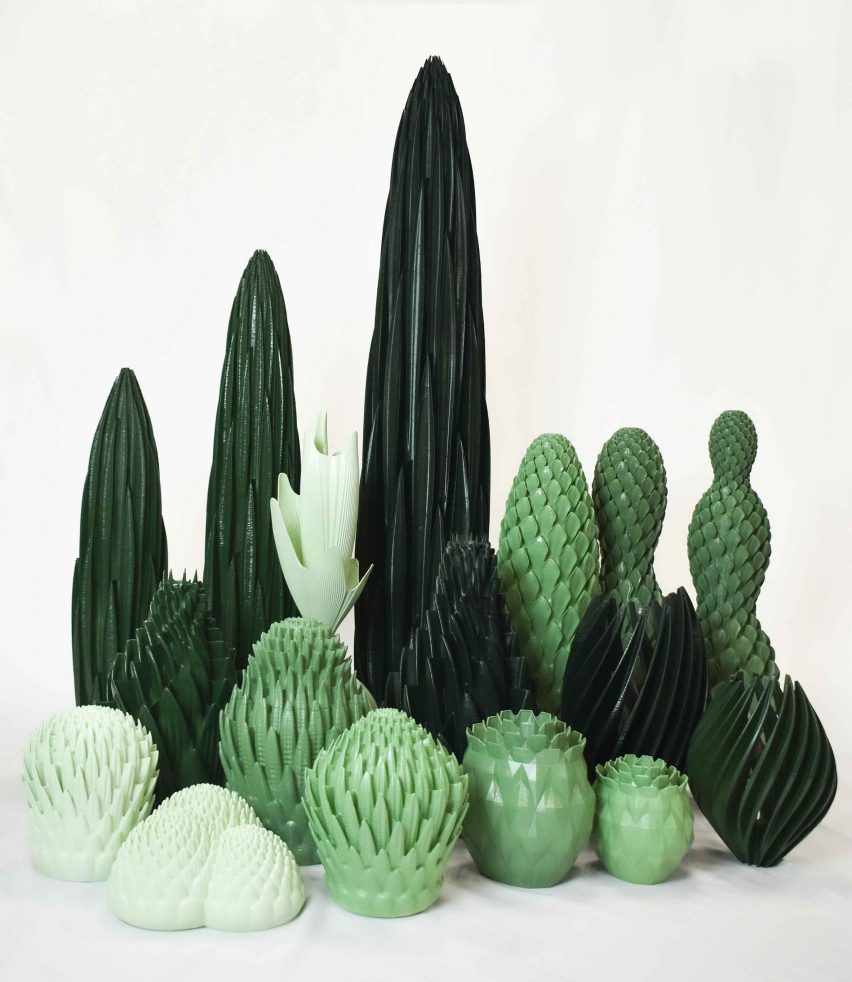
There were also two winners in the Inspiring Learning Projects category.
Czech designer Adriana Kováčová was recognised for her recycled plastic Totemo toy, which evolves from a mobile hanger to a construction set, and Italian design studio Cantieri Creativi was awarded for its Artisans Of Now workshop series, held in locations around Italy and focused on reconnecting people with nature and craft.
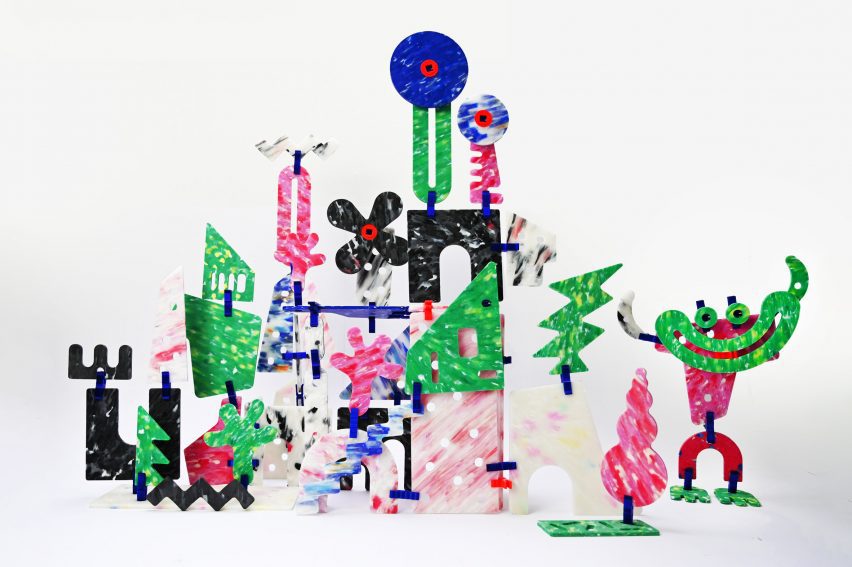
Among the runners-up and special mentions in the competition was Italian designer Lucrezia Alessandroni, whose Soothing Cup is a speculative project comprising a menstrual cup and incubator that would enable users to grow vaginal bacteria extracted from their own body with the goal of reducing period pain.
A seaweed-based hydrogel turns the silicone cup into a bio-membrane that can collect vaginal lactobacillus bacteria, which is then cultivated in an incubator in the time between periods.

According to Alessandroni, studies have shown that this bacteria can reduce period pain and cut down on the number of painkillers those affected have to take each month.
Another special mention in the Emerging High Technology category went to Italian designers Alessandro Stabile and Martinelli for the OTO chair, which is made from recycled ocean plastic in a single, reduced-size mould and shipped flat-packed direct to consumers.
In the Art and Collectible design category, special mentions included UK design studio Novavita’s recycled plastic tiles, which have a mottled patterning that is meant to recall natural stone and marble.
And Spanish duo Eneris Collective made third place in the Inspiring Learning Projects category with its playful design for the Nontalo children’s stool, made from waste olive pits.
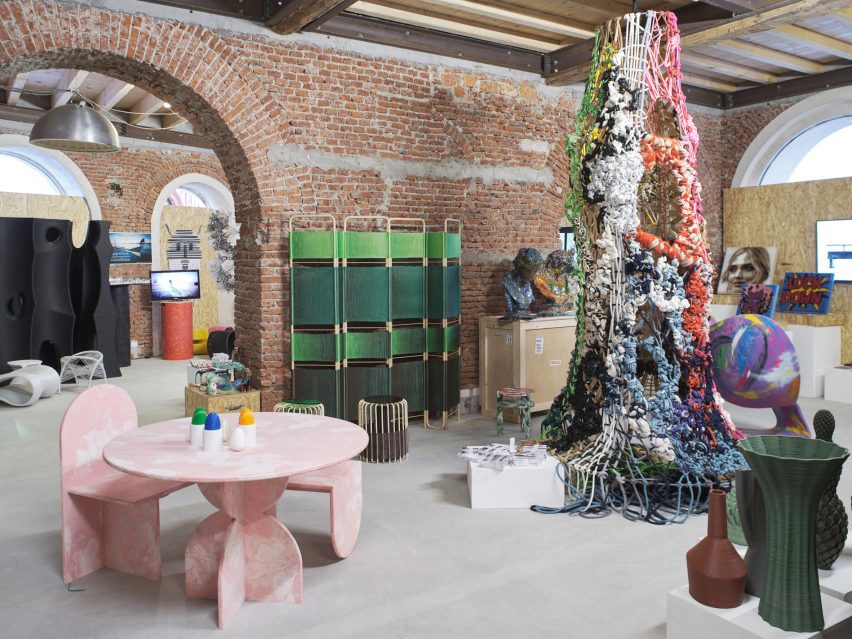
Shortlisted projects for the Ro Plastic Prize were on display as part of an exhibition at Milan design week. And winners were announced on 20 April after judging by a 17-member jury that included Triennale Milano president Stefano Boeri, architect and designer Giulio Cappellini, Parley for the Oceans founder Cyrill Gutsch and Dezeen co-CEO Benedict Hobson.
The prize is an initiative by Orlandi and her daughter Nicoletta Orlandi Brugnoni, who wanted to raise awareness around the importance of plastic recycling and reuse.
Since the first Ro Plastic Prize in 2019, the criteria of the competition has expanded to include other plastic alternatives, with competition categories varying every year.
The Ro Plastic Prize exhibition was on show as part of Milan design week, which took place from 18 to 23 April. See our Milan design week 2023 guide on Dezeen Events Guide for information about the many other exhibitions, installations and talks that took place throughout the week.

